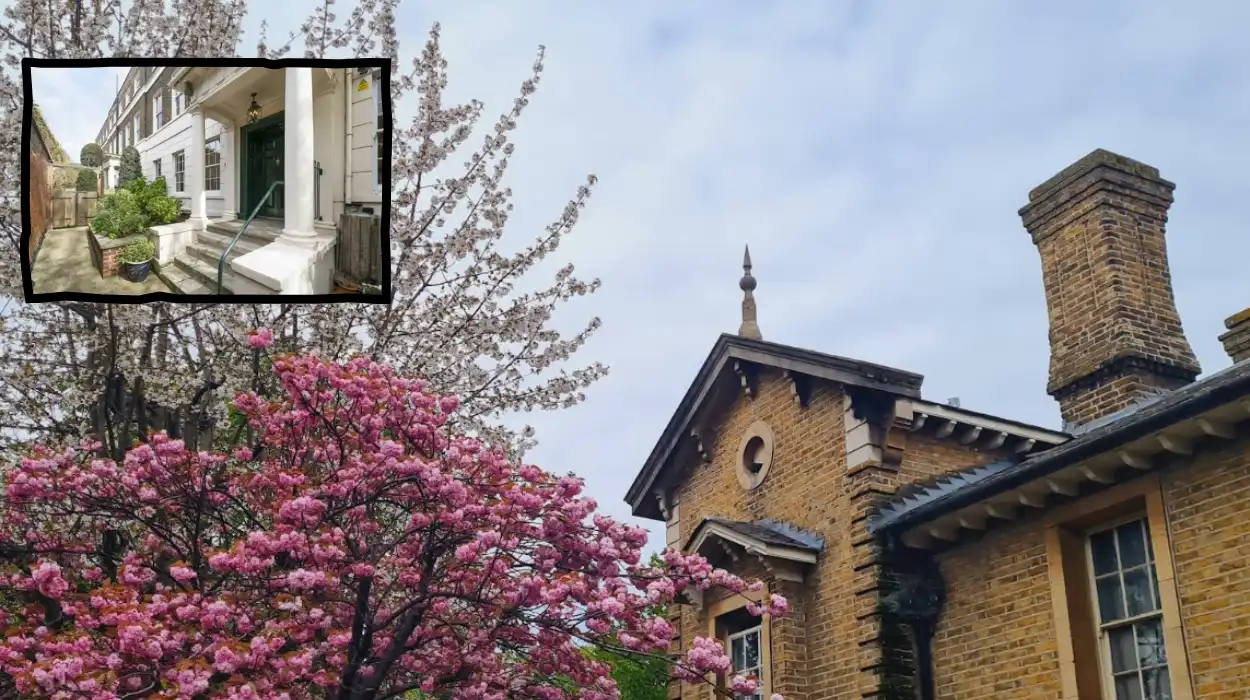Waltham Forest (Parliament Politics Magazine) – A Grade II listed Georgian home, the last of its kind in Leytonstone, Waltham Forest, is on the market for £1.75m, marking a rare heritage sale.
Estate agency Dexters say the present owners have “sensitively restored” the eight-bedroom end-of-terrace property in Aylmer Road.
The property in Leytonstone called Carlton House has over 5,700 sq ft of living accommodation over a number of different employee, renter, or visitor areas.
The house has a garden and underfloor heating.
The terraced house is a short pleasant walk from a number of green space areas including Wanstead Park, Wanstead Flats and Leyton Flats.
Furthermore, Leytonstone Station on the Central line to London is under a quarter of a mile from the property.
In Waltham Forest Council Tax Band G, the energy performance certificate graded D.
Dexters emphasized that the data is meant merely as a guide and should be confirmed before acting.
The listing states that the closest EV charger is only 0.1 miles away.
Regarding education, there are a number of schools near the site.
Connaught School for Girls is 0.4 miles away, Davies Lane Primary School is 0.3 miles away, and George Tomlinson Primary School is 0.2 miles away.
The ‘good’ Ofsted-rated Gwyn Jones Primary School is also within half a mile of the home.
What restrictions come with its Grade II listing for renovation?
Changes to a Grade II Listed Georgian property are strictly controlled in order to conserve the historic and architectural interest of the property. Any changes that you are proposing, whether internally or externally, are likely to require Listed Building Consent from your local authority. You will also be responsible for ensuring compliance with these modifications. Undertaking changes to Listed Buildings or works without consent can have serious benefits.
Any change to the original architectural features of a historic building, including but not limited to fireplaces, sash windows, decorative plasterwork, doors or doorframes, ceiling height, or roof materials, will always require Listed Building Consent. The removal or replacement of historic building materials almost certainly requires explicit, written consent from the local authority.
Changes to the size/structure of the building, including external structure changes, conservatories.


